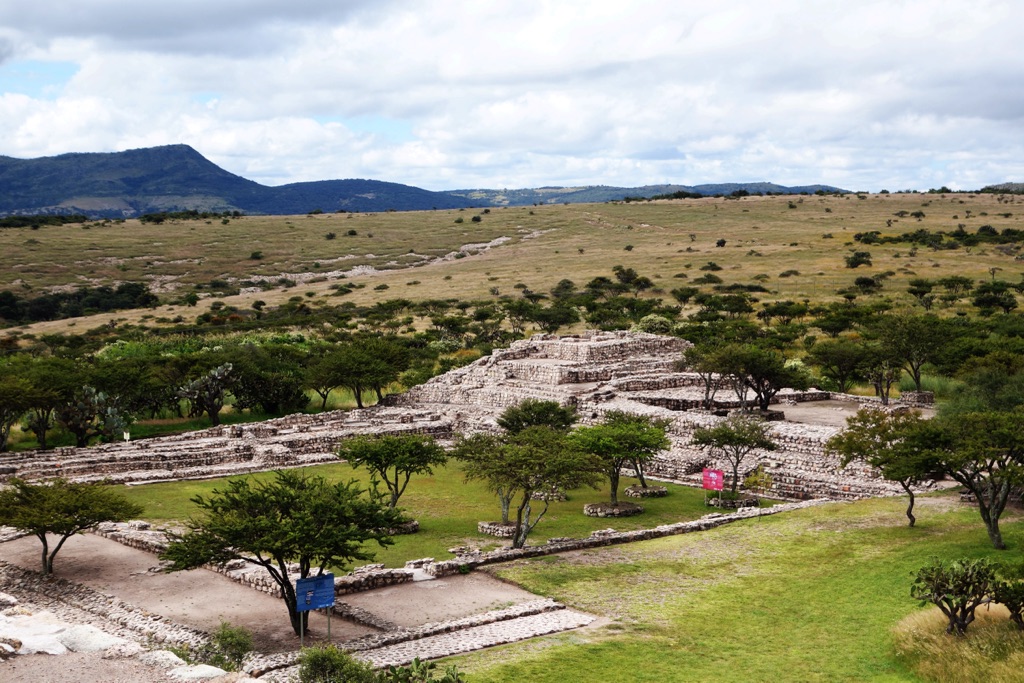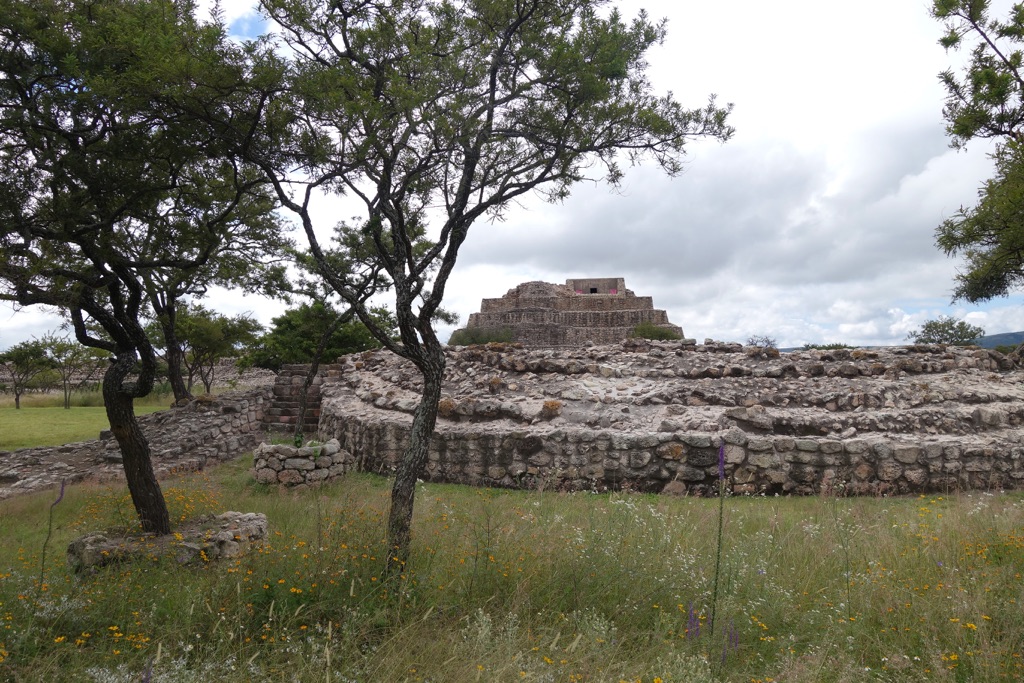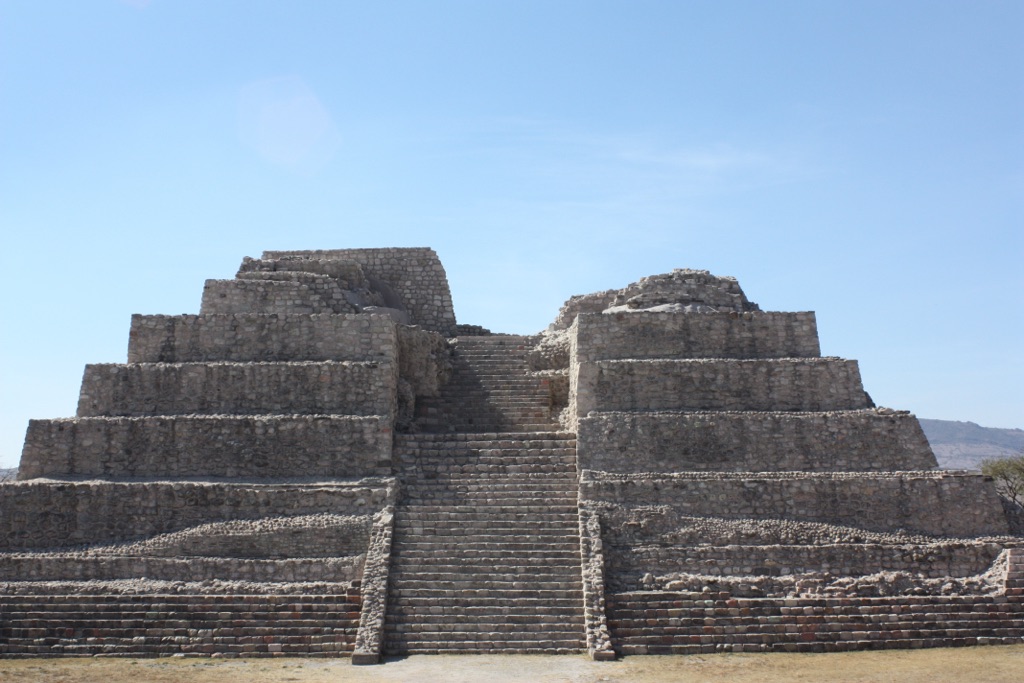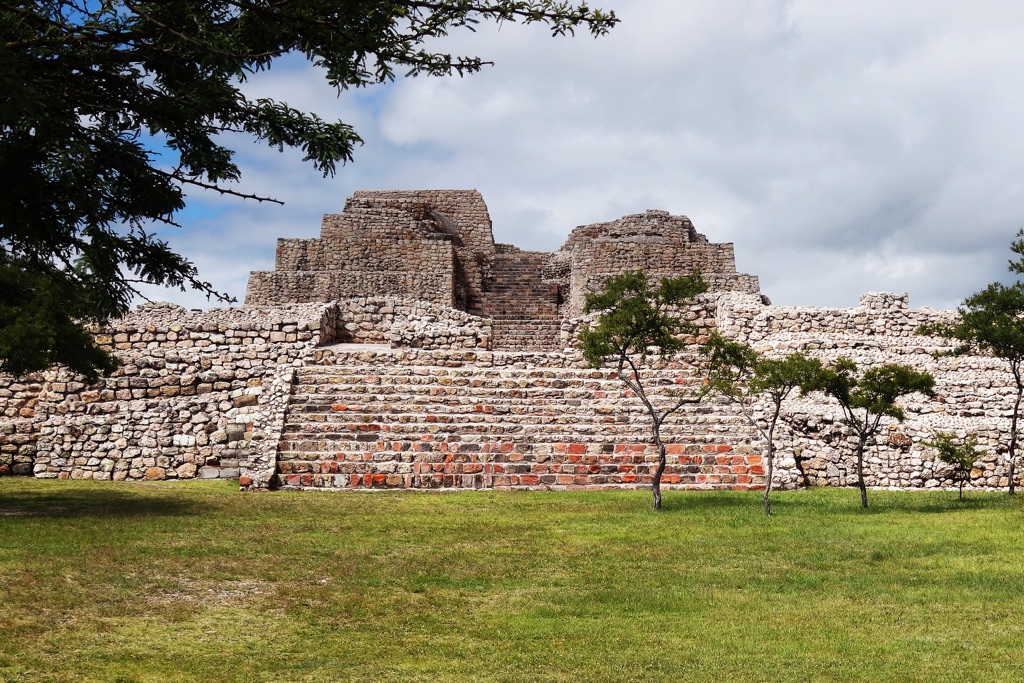Cañada de la Virgen is an archaeological site located in the Mexican state of Guanajuato. Discovered in 1998, it has since been a focus of significant historical interest. The site features a complex of pyramids, temples, and plazas. It is believed to have been built by the Otomi people, who inhabited the area around 540 AD. The site’s structures align with celestial events, suggesting its use for astronomical and religious purposes. Cañada de la Virgen offers a glimpse into the Mesoamerican cultures that flourished before the Spanish conquest.
Get your dose of History via Email
Historical Background of Cañada de la Virgen
The discovery of Cañada de la Virgen dates back to 1998, when local landowners stumbled upon the site. Archaeologists soon began excavations, revealing its significance. The Otomi people, known for their complex society and cultural achievements, built the site. They inhabited it for centuries before the arrival of Spanish conquistadors. The site has witnessed various historical events, including religious ceremonies and astronomical observations. Its importance lies not only in its architecture but also in its historical narratives.
Excavations have unearthed evidence of residential areas, suggesting a thriving community once lived here. The Otomi were skilled builders, creating structures that have stood the test of time. They also interacted with other Mesoamerican cultures, as evidenced by artifacts found at the site. Cañada de la Virgen likely served as a regional center, playing a significant role in trade, politics, and religion. Its strategic location and design reflect the Otomi’s understanding of their environment and cosmology.

Over time, the site was abandoned, and its history became shrouded in mystery. It wasn’t until its modern rediscovery that scholars began piecing together its past. The site has since been the scene of extensive archaeological work. Researchers aim to understand the lives of those who built and inhabited Cañada de la Virgen. The site’s preservation allows for ongoing study, offering insights into pre-Columbian history.
Historical records from the post-conquest period provide additional context for Cañada de la Virgen. These documents mention the Otomi and their customs, helping to interpret the site’s features. However, much of its history remains to be uncovered. Archaeologists continue to explore the site, hoping to find more clues about its origins and significance. Each discovery adds a piece to the puzzle of Mesoamerican history.
Cañada de la Virgen’s historical importance extends beyond its physical structures. It represents the cultural heritage of the Otomi people and their contributions to Mesoamerican civilization. The site also serves as a reminder of the region’s complex history before European contact. As a place of historical importance, Cañada de la Virgen continues to captivate scholars and visitors alike.
About Cañada de la Virgen
Cañada de la Virgen is a testament to the architectural prowess of the Otomi people. The site encompasses several pyramids, a complex of temples, and open plazas. These structures are made from local limestone, reflecting the Otomi’s resourcefulness. The main pyramid, known as the House of the Thirteen Heavens, is particularly impressive. It stands as a focal point of the site, with its precise alignment to celestial events.

The construction methods of Cañada de la Virgen reveal the Otomi’s advanced understanding of engineering. They employed precise stone-cutting techniques, creating interlocking blocks without the use of mortar. This method ensured the longevity of the structures. The site’s layout also demonstrates a sophisticated knowledge of urban planning. The arrangement of buildings and spaces suggests a deliberate design, aimed at facilitating social and religious activities.
Architectural highlights of Cañada de la Virgen include the intricate carvings found on some of the stones. These carvings depict various deities and symbols, providing insight into the Otomi’s beliefs. The site’s orientation towards specific astronomical events further underscores its religious significance. The builders aligned the main pyramid with the equinoxes and solstices, integrating their cosmology into the architecture.
Over the years, natural elements have taken a toll on Cañada de la Virgen. However, conservation efforts are underway to preserve the site for future generations. These efforts include stabilizing structures and preventing further erosion. The preservation of Cañada de la Virgen allows for a continued appreciation of its architectural beauty and historical value.
The site’s building materials, construction techniques, and design elements all contribute to its status as an architectural marvel. Cañada de la Virgen not only showcases the Otomi’s craftsmanship but also their deep connection to the natural and spiritual worlds. It stands as a lasting monument to their civilization and ingenuity.
Theories and Interpretations
Several theories have emerged regarding the purpose and significance of Cañada de la Virgen. The site’s alignment with celestial events suggests it was used for astronomical observation. This has led scholars to believe it played a role in the Otomi’s agricultural calendar. By tracking the movements of the sun, moon, and stars, the inhabitants could determine the best times for planting and harvesting.

Some interpretations focus on the religious aspects of Cañada de la Virgen. The presence of temples and altars indicates it was a sacred space. Rituals and ceremonies likely took place here, connecting the community with their deities. The site’s grandeur may have served to reinforce the power of the elite or priesthood. It could have been a place where the divine and earthly realms met.
Mysteries still surround Cañada de la Virgen, particularly regarding its abandonment. While some suggest it was due to resource depletion or conflict, others believe it was part of a larger migration pattern. The true reasons remain a topic of investigation. The site’s history is pieced together through a combination of archaeological evidence and historical records.
Dating of Cañada de la Virgen has been carried out using various methods, including radiocarbon dating and stratigraphy. These techniques have helped establish a timeline for the site’s construction and use. However, the exact dates remain subject to debate. As new evidence comes to light, the timeline may be refined further.
Theories and interpretations of Cañada de la Virgen continue to evolve as research progresses. Each discovery adds to our understanding of the site’s role in Mesoamerican history. The ongoing study of Cañada de la Virgen promises to reveal more about the beliefs, practices, and daily life of the Otomi people.
At a glance
Country: Mexico
Civilization: Otomi
Age: Constructed around 540 AD
Conclusion and Sources
Reputable sources used in the creation of this article include:

